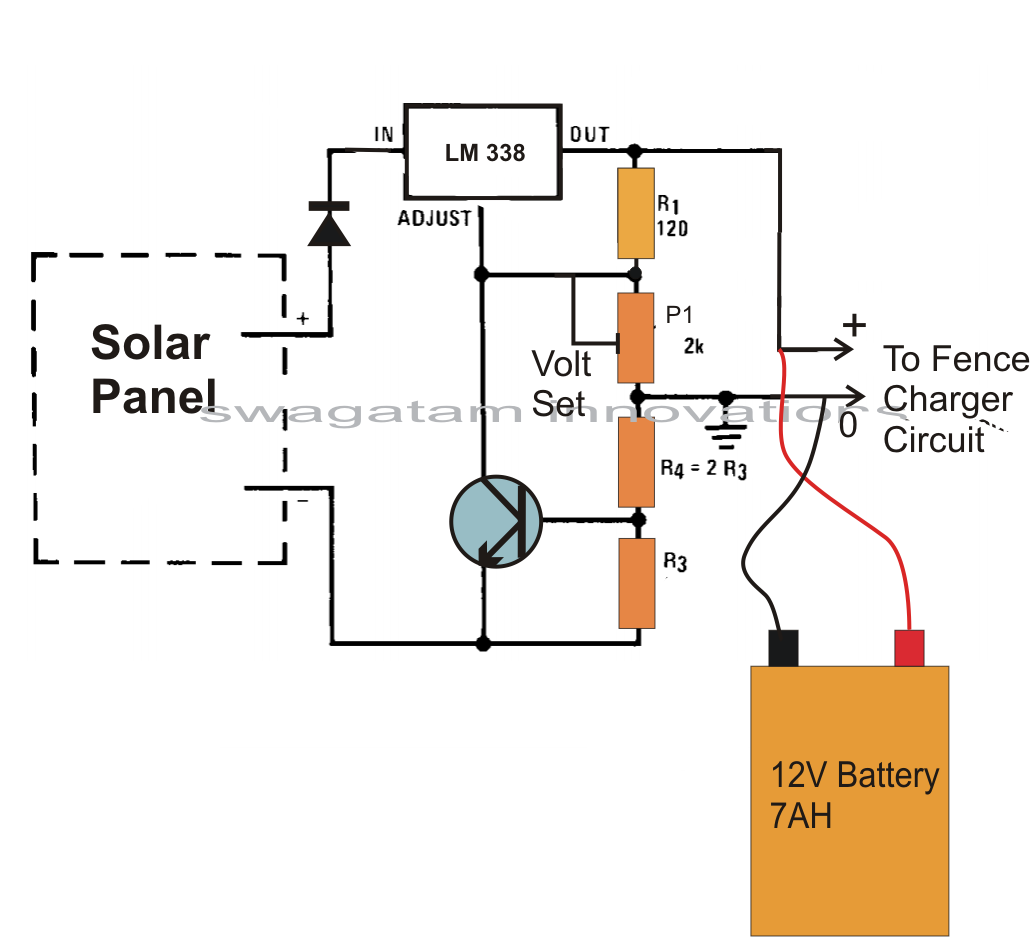DIY Battery Charger: Power Up Your Devices Off-Grid
Ever found yourself stranded with a dead device and no outlet in sight? Or maybe you're looking for a sustainable off-grid power solution? Building a homemade battery charger can be a surprisingly practical skill, offering a cost-effective and resourceful way to keep your devices powered up when traditional charging methods aren't available. This guide delves into the world of DIY battery charging, exploring various methods, benefits, and safety precautions.
Building a simple charger isn't as complex as it sounds. From basic setups using readily available components to more sophisticated designs, you can tailor your DIY charger to fit your specific needs and skill level. This empowers you with not just the ability to charge your devices but also a deeper understanding of how electrical circuits function.
The need for portable and readily available power solutions has been a driving force behind battery technology for centuries. From the earliest voltaic piles to today’s lithium-ion batteries, the quest for efficient energy storage has led to incredible innovation. The ability to create a DIY charger taps into this history of resourceful problem-solving, giving you control over your power needs.
The biggest challenge in constructing a DIY battery charger lies in ensuring safety. Improperly constructed chargers can pose fire hazards or damage your devices. Understanding basic electrical principles and taking necessary precautions is crucial. Choosing the correct components and following established guidelines minimizes risks and ensures efficient charging.
One common method involves using a power supply, like a wall adapter, to deliver the appropriate voltage to the battery terminals. Another method utilizes solar panels to harness renewable energy for charging. Both methods require careful consideration of voltage and current compatibility to avoid damaging the battery or the device.
Building a charger yourself offers several advantages. First, it's significantly cheaper than purchasing a commercial charger, especially for specialized battery types. Second, it allows for customization, enabling you to tailor the charger to specific voltage and current requirements. Third, it's a valuable learning experience, providing practical insights into electronics and circuit design.
For a basic charger using a wall adapter, you'll need the adapter, alligator clips, and a multimeter. The multimeter helps ensure you’re supplying the correct voltage. Start by identifying the positive and negative terminals on your battery and the adapter. Connect the positive terminal of the adapter to the positive terminal of the battery using an alligator clip. Repeat for the negative terminals. Monitor the battery's voltage with the multimeter to prevent overcharging.
Checklist for Building a Basic Charger:
Wall Adapter (matched to battery voltage)
Alligator Clips
Multimeter
Advantages and Disadvantages of DIY Battery Chargers
Advantages and Disadvantages
| Advantages | Disadvantages |
|---|---|
| Cost-effective | Potential safety hazards if improperly constructed |
| Customization options | May not be as efficient as commercial chargers |
| Educational and skill-building | Requires basic electrical knowledge |
FAQ
Q: What type of batteries can I charge with a homemade charger? A: Various battery types, including NiMH, NiCd, and lead-acid, but lithium-ion batteries require more complex circuitry. Q: Is it safe to leave a homemade charger unattended? A: No, it's best to monitor the charging process closely to prevent overcharging or overheating. Q: What can I use as a power source for a solar-powered charger? A: A small solar panel with the correct voltage output. Q: How can I determine the correct voltage for my battery? A: Check the battery specifications or consult the manufacturer's documentation. Q: Can I use any type of wire for my charger? A: It's crucial to use wire with the appropriate gauge to handle the current flow. Q: What safety precautions should I take when building a charger? A: Always work in a well-ventilated area, wear safety glasses, and never touch exposed wires. Q: Are there any kits available for building DIY chargers? A: Yes, you can find various kits online or at electronics stores that simplify the process. Q: What is the best resource for learning more about electronics and circuits? A: There are numerous online resources, books, and even online courses dedicated to electronics.
Mastering the art of building a DIY battery charger can provide you with a significant advantage in various situations. From emergency preparedness to sustainable off-grid living, having the ability to power your essential devices regardless of access to conventional power sources offers invaluable peace of mind. While it is essential to prioritize safety and follow proper procedures, the benefits of building your own charger are undeniable. Embrace the challenge, learn the fundamentals, and empower yourself with the knowledge and skill to keep your devices running no matter where you are.
Decoding benjamin moore paint matching
Unlocking connections the power of frases para mis amigas
Unlocking the warmth of sherwin williams empire gold






